Topics
Wolves
Summary
Few wildlife conservation efforts have been as controversial as that of the grey wolf in the Northern Rockies. Federal efforts to protect the wolf have clashed with state efforts to control wolf populations and protect livestock and game from predation by wolf packs.
Idaho and Montana have been given federal authority to manage wolf numbers using public hunts. Federal officials require Idaho to maintain a population of at least 150 wolves and 10 breeding pairs.
Idaho wildlife officials have boosted bag limits, expanded trapping and extended hunting seasons in some areas to help further reduce wolf populations in all corners of the state. Its 10-month wolf season runs until June.
Idaho’s wolf managers estimated 500 to 600 wolves roamed the state as of spring 2012, down from the more than 1,000 when the 2011 hunting season opened in August.
Hunters and trappers killed 364 wolves since the 2011 season opened, while dozens more wolves have died of natural causes or been killed for preying on livestock or targeted as part of a strategy to lessen impacts on specific elk herds in the state.
A federal appeals court in March rejected a lawsuit from conservation groups that wanted to block wolf hunts across the Northern Rockies. The ruling from a three-judge panel of the 9th U.S. Circuit Court of Appeals said Congress had the right to intervene when it stripped protections from wolves in spring 2011.
Lawmakers stepped in after court rulings kept wolves on the endangered list for years after they reached recovery goals. Wildlife advocates claimed in their lawsuit that Congress violated the separation of powers by interfering with the courts. But the court said Congress was within its rights, and that lawmakers had appropriately amended the Endangered Species Act to deal with Northern Rockies wolves.
There are more than 1,700 wolves in Montana, Idaho, Wyoming and expanding populations in portions of Eastern Washington and northeastern Oregon. Wolf hunting could resume in Wyoming this fall.
In parts of Montana, ranchers and local officials frustrated with continuing attacks on livestock have proposed bounties for hunters that kill wolves. Montana wildlife officials said they will consider ways to expand hunting after 166 wolves were killed this season, short of the state’s 220-wolf quota.
Wolves once thrived across North America but were exterminated across most of the continental U.S. by the 1930s, through government sponsored poisoning and bounty programs.
Wolves were put on the endangered list in 1974. Over the last two decades, state and federal agencies have spent more than $100 million on wolf restoration programs across the country. There are more than 4,500 of the animals in the upper Great Lakes and a struggling population of several dozen wolves in the Desert Southwest.
Prior lawsuits resulted first in the animals’ reintroduction to the Northern Rockies and then later kept them on the endangered list for a decade after the species reached recovery goal of 300 wolves in three states.
The U.S. Fish and Wildlife Service is monitoring the hunts. But agency officials have said they have no plans to intervene because the states have pledged to manage wolves responsibly.
Federal officials have pledged to step in to restore endangered species protections if wolf numbers drop to less than 100 animals in either Montana or Idaho.
Even without hunting, wolves are shot regularly in the region in response to livestock attacks. Since their reintroduction, more than 1,600 wolves have been shot by government wildlife agents or ranchers.
Latest updates in this topic

Sue Lani Madsen: Living with wolves takes guts, knowledge
It takes guts for a bureaucrat to act decisively without clear policy as a safety net. Fortunately for a young researcher treed by wolves, somebody had guts.
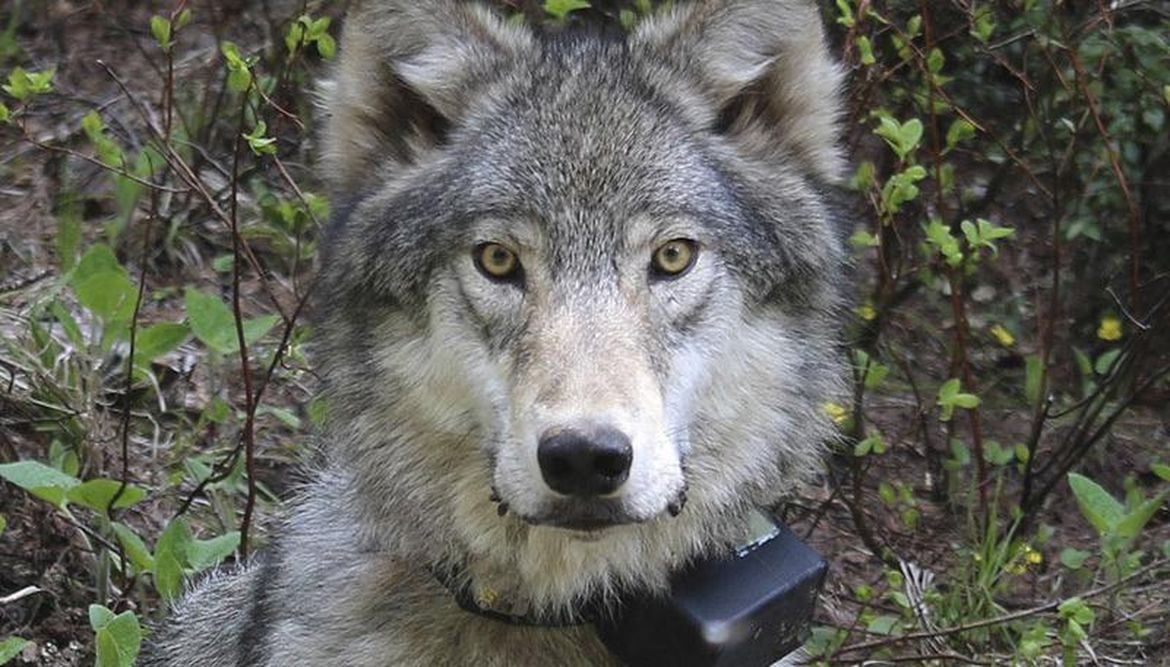
Wolf kills in northeast Washington not prompting a kill order, for now
Another confirmed wolf kill in northeast Washington has left ranchers and wolf advocates wondering if, and when, wildlife officials will start killing members of the Togo Pack.
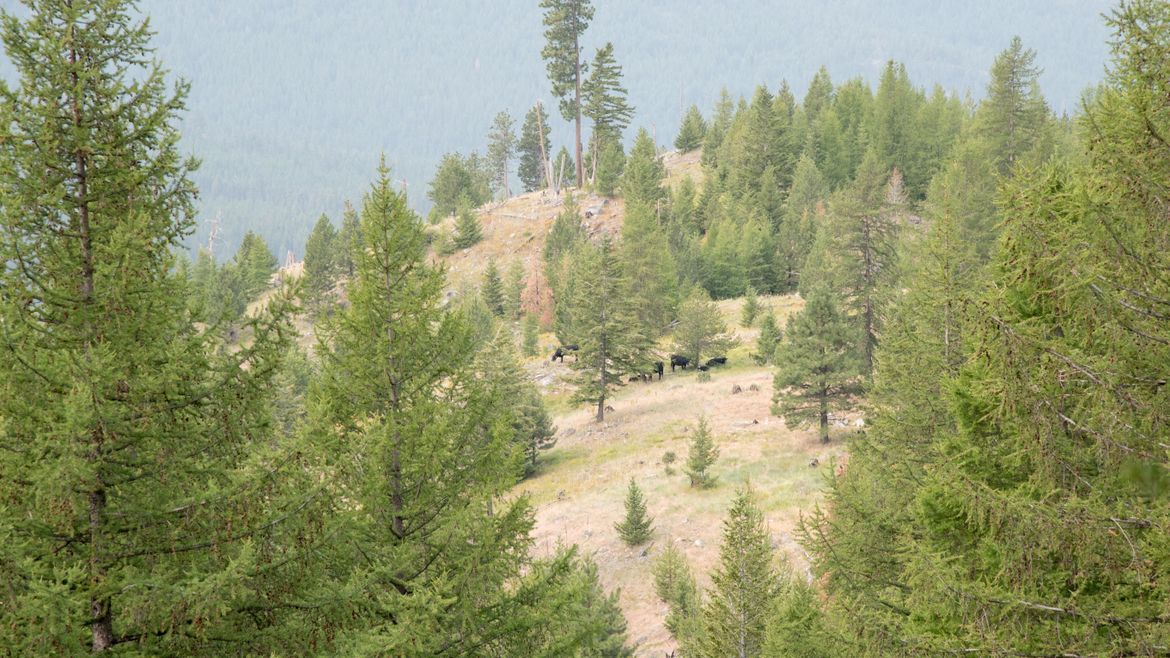
Togo wolf pack members kill another cow in northeast Washington
Members of the Togo wolf pack killed a cow in the Colville National Forest and injured another last week, according to state wildlife officials.
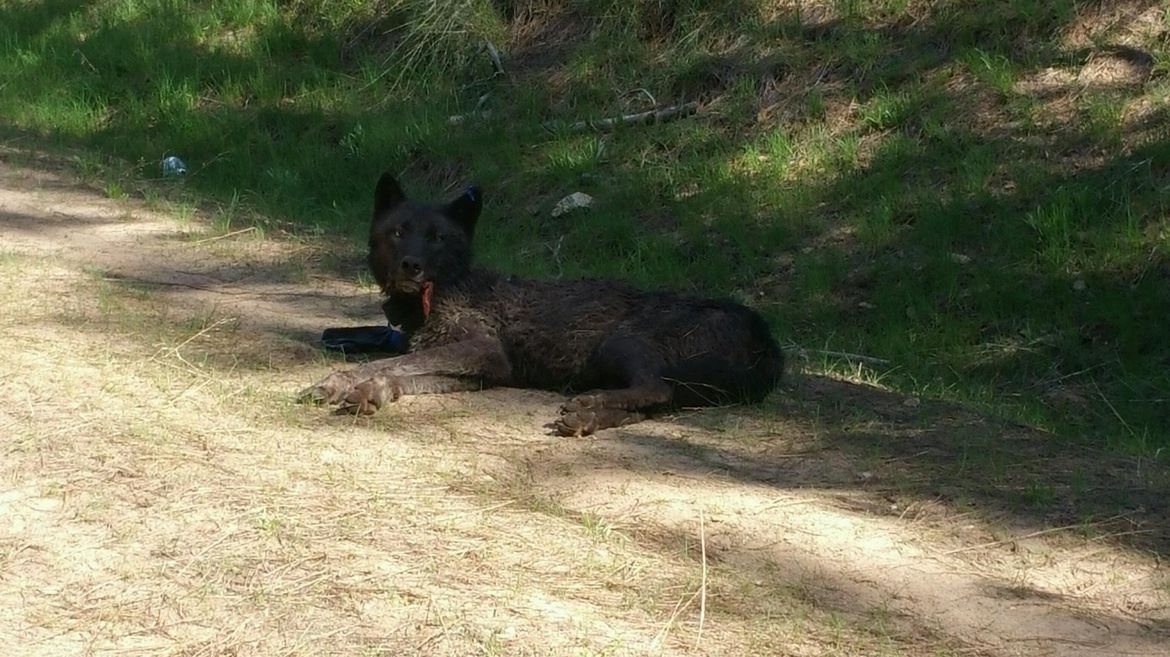
Two new wolf packs confirmed on Colville Indian Reservation
Two new wolf packs were confirmed on the Colville Indian Reservation this week.

Idaho commission says wolf-livestock kills hit record in past year
Idaho’s Rangeland Resources Commission says wolf attacks on livestock in Idaho hit a record over the past year, and they’re anticipating more this summer.
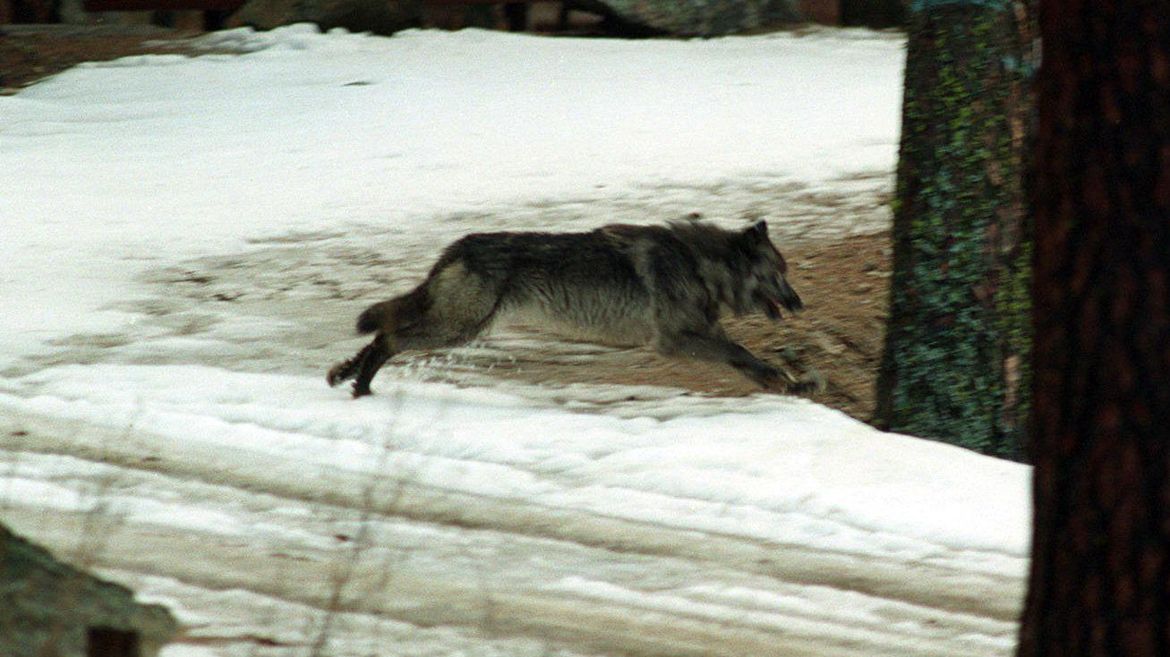
Three wolves killed in central Idaho after sheep attacks
Three wolves have been killed by federal authorities in central Idaho near Stanley, an action blasted by an environmental group.
Wyoming OKs increased wolf hunting season
The Wyoming Game and Fish Commission on Wednesday approved a wolf hunting season this fall that allows for hunters to take up to 58 wolves, up from the 44 that …
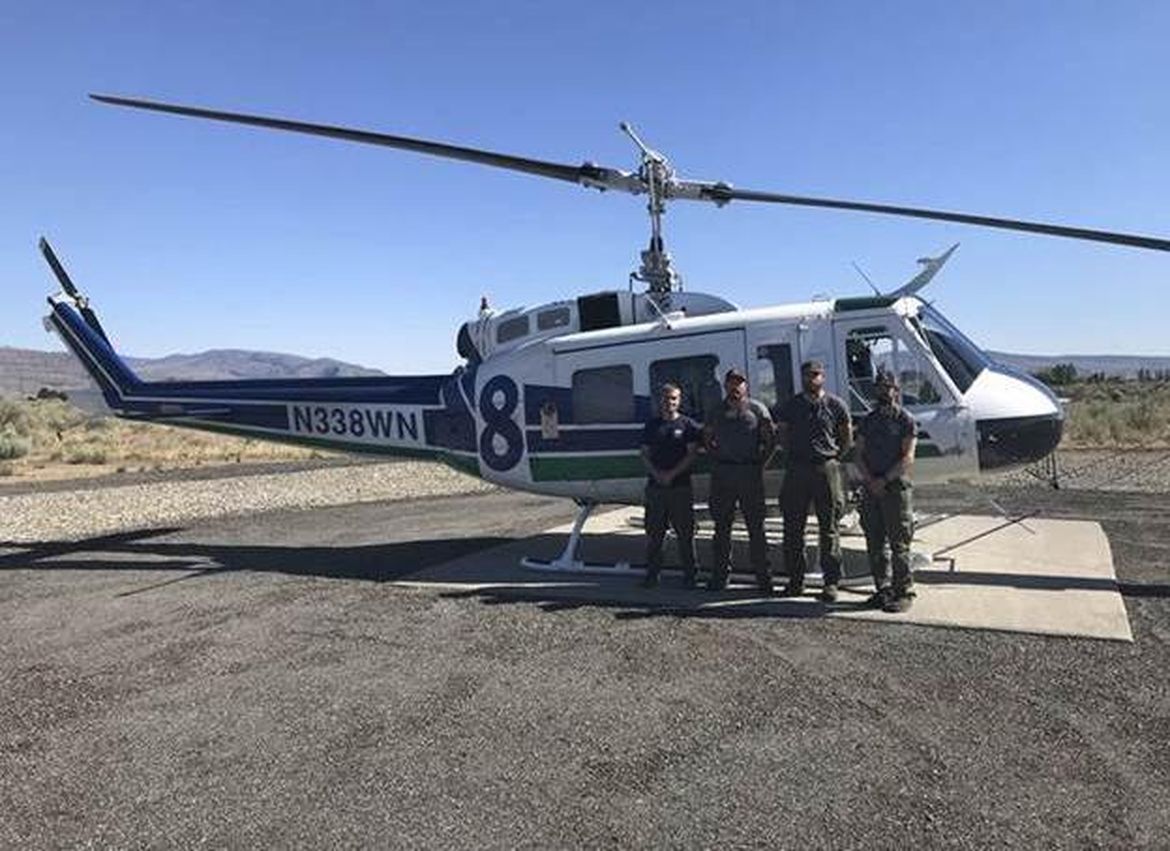
Helicopter rescues woman treed by wolves in Okanogan Wenatchee National Forest
Two wolves forced a seasonal U.S. Forest Service into a tree on Thursday.
Student rescued after climbing tree to escape wolves
Authorities say a research student was rescued after she came across wolves northeast of Winthrop, Washington, in a popular recreation area.
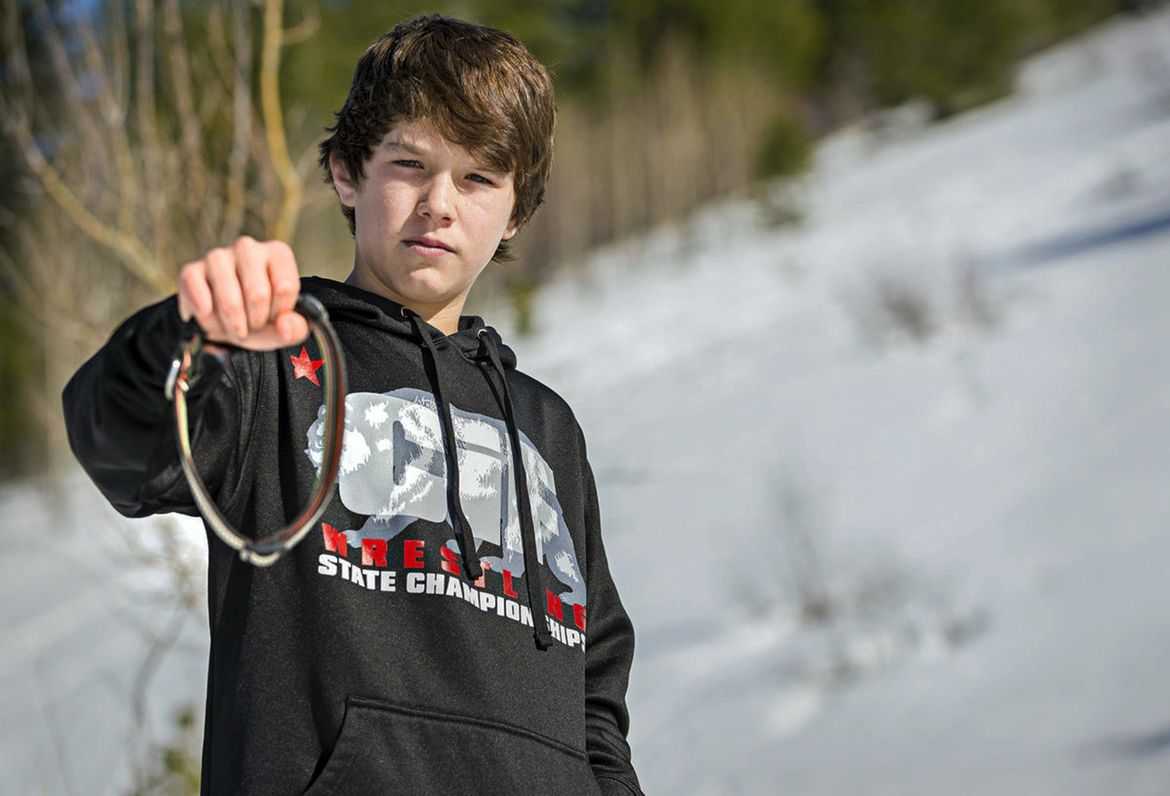
Idaho family sues US after child sprayed by cyanide trap
An Idaho couple has sued the U.S. government, saying their teenage son still suffers headaches after a predator-killing trap that federal workers mistakenly placed near their home
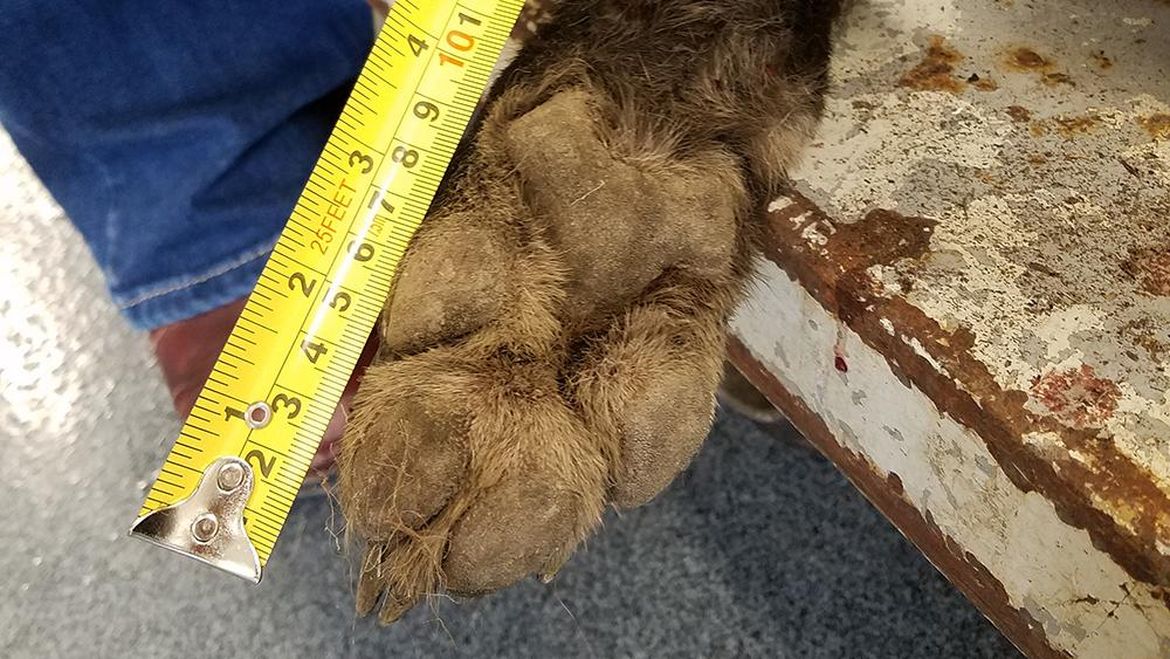
Mysterious animal shot and killed in Montana was a wolf
A mysterious animal shot and killed in Montana has been identified as a gray wolf.

Groups appeal ruling on killing wolves
A coalition of environmental groups has asked the 9th U.S. Circuit Court of Appeals to overturn a January ruling by a federal judge in Idaho that said a small federal …
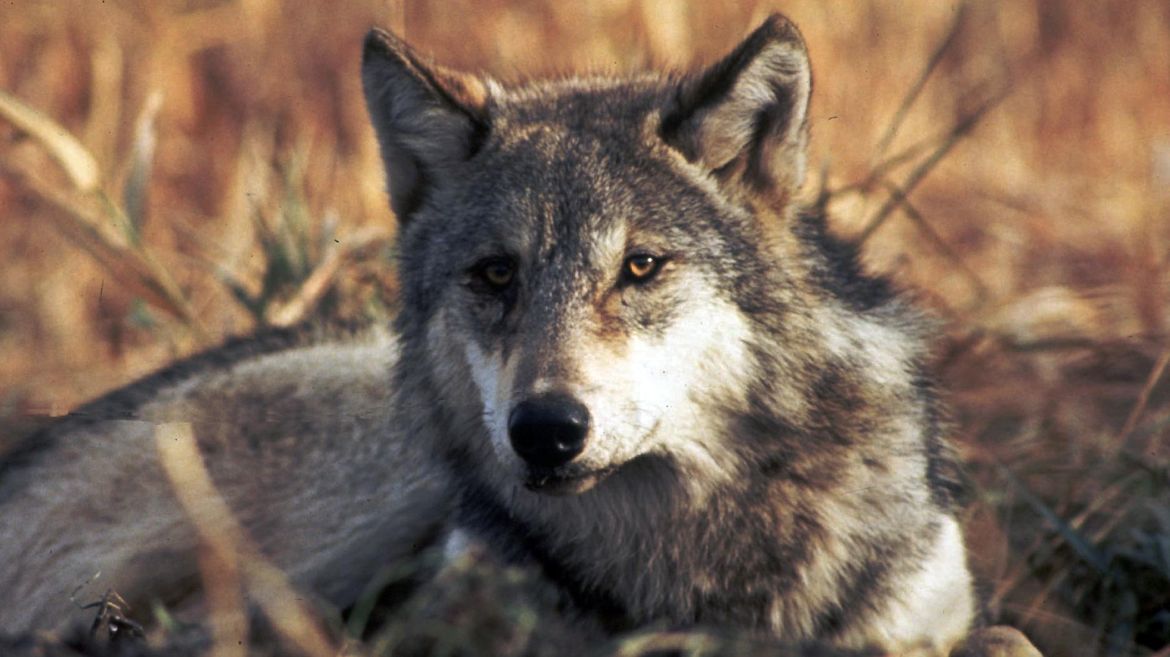
Wolves return to Profanity Peak pack area
Wolf pack activity has been documented by Washington Department of Fish and Wildlife officials in the former Profanity Peak pack area.
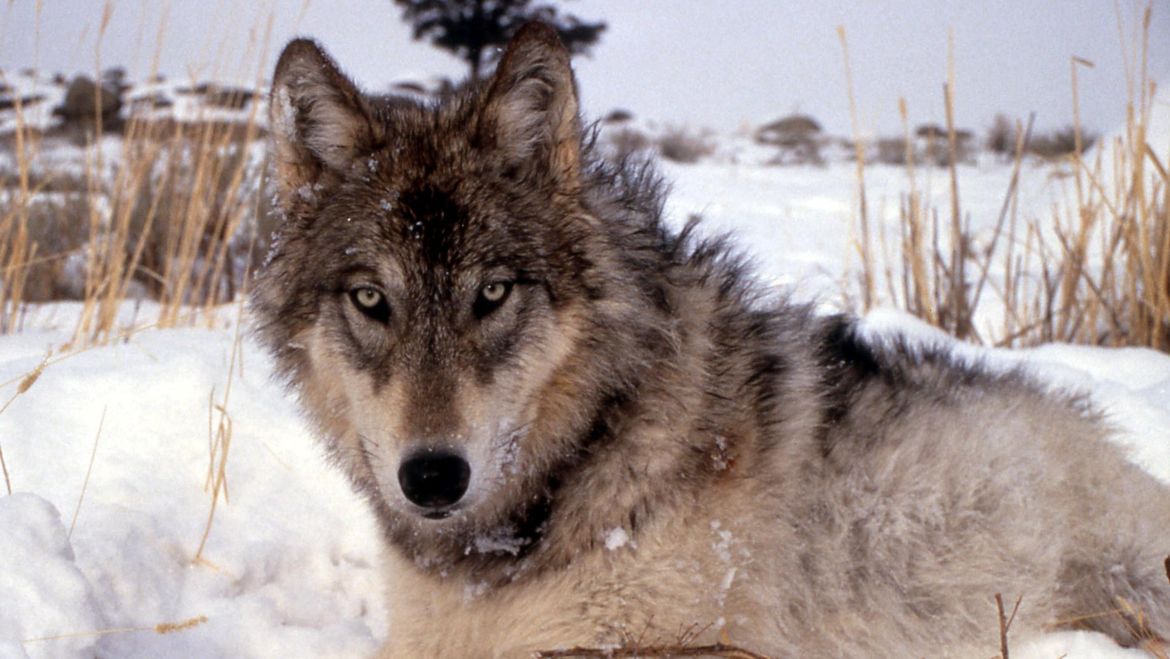
Montana’s wolf population remains strong
The 2017 Montana Gray Wolf Program’s annual report found that there are about 900 wolves in the state. According to a Montana Fish, Wildlife and Parks news release, the most …
Chris Bachman: Scientist silenced for telling the truth about wolves
Most of us are familiar with the “Boy Who Cried Wolf.” This is the story of the scientist who cried “truth” and the price attached. Science is humanity’s tool for …
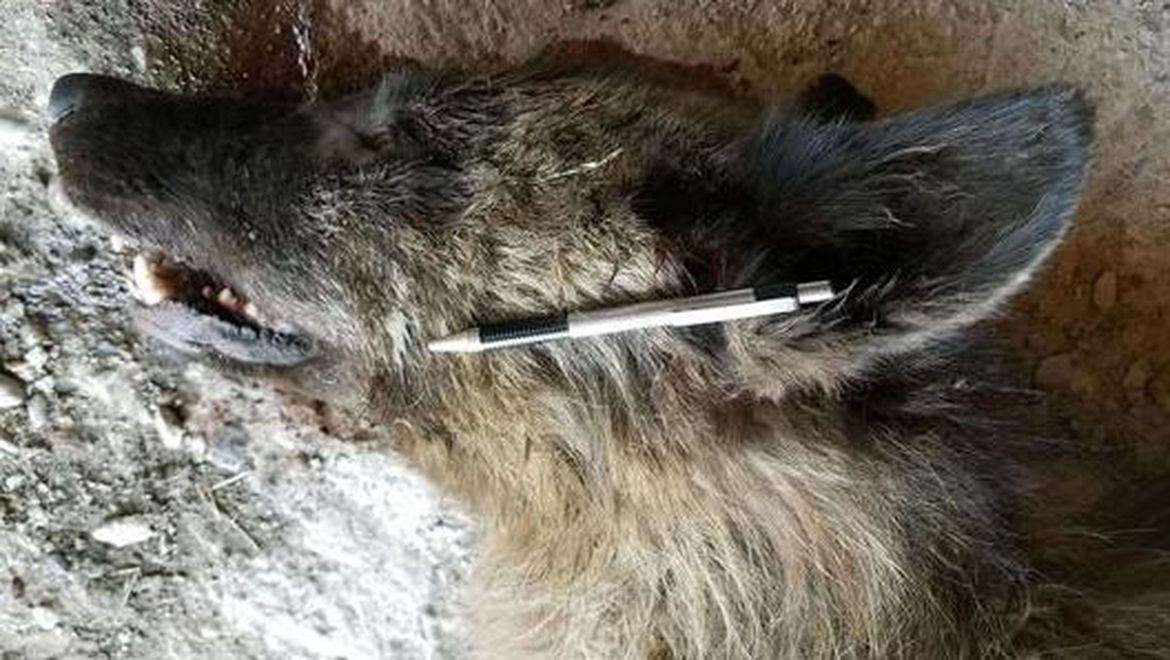
Mysterious wolf-like animal found in Montana igniting online speculation
A mysterious creature was shot and killed in Montana earlier this month.
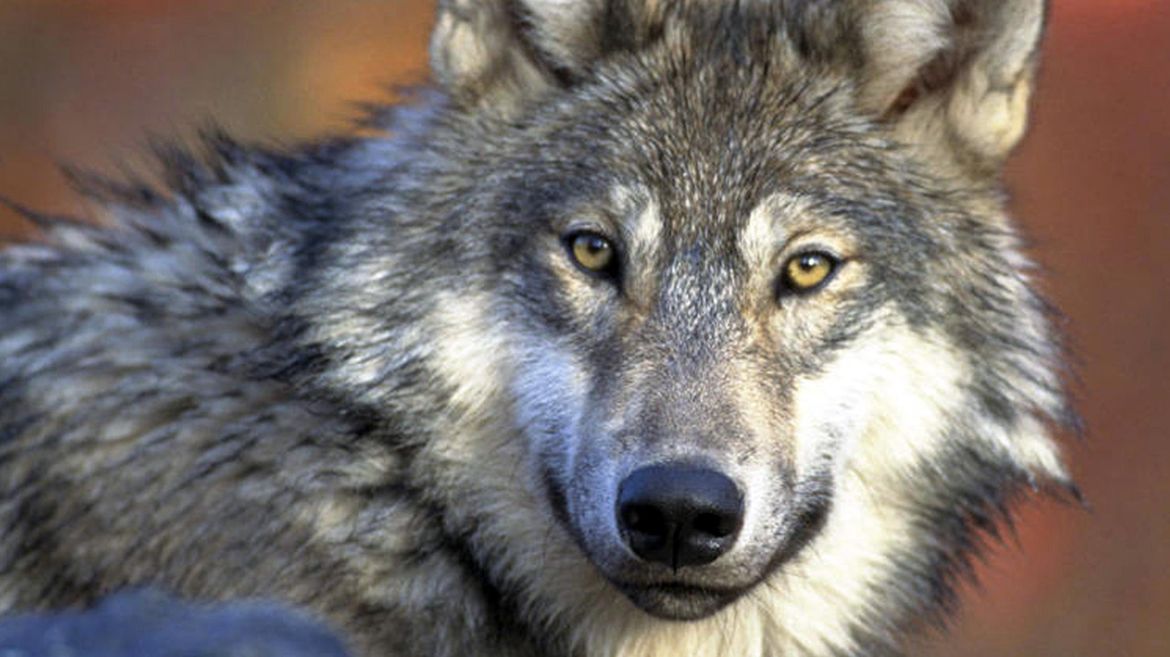
Togo pack kills Ferry County calf; third kill by wolves in 7 months
A wolf, or wolves, from the Togo pack killed a Ferry County calf Sunday. This is the third confirmed kill involving the Togo pack in the past seven months, according …
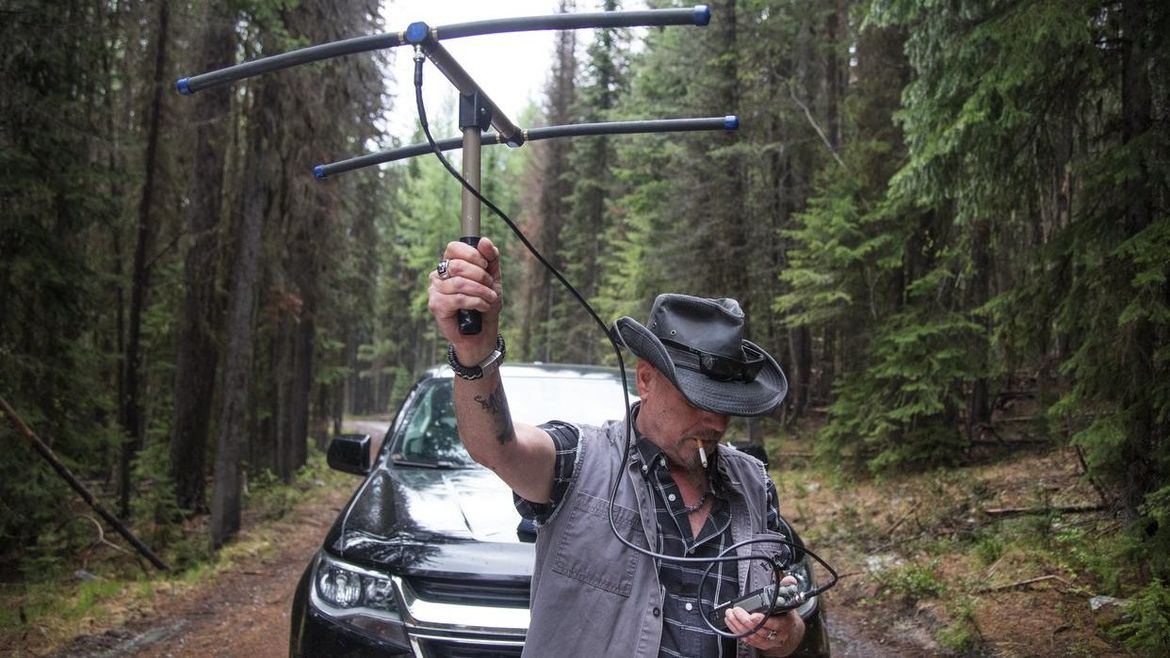
Wolf researcher who accused WSU of silencing him gets $300K to settle lawsuit and go away
A leading wolf researcher has agreed to leave Washington State University at the end of the spring term in return for $300,000 to settle a suit he brought over infringement …
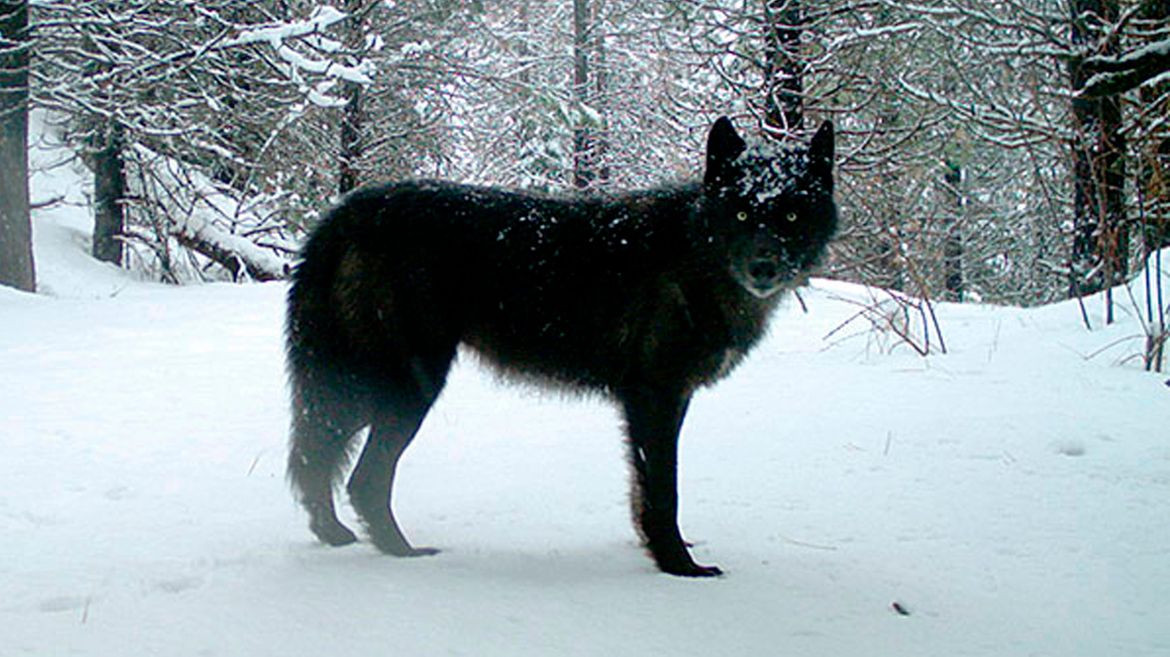
Oregon officials kill 2 wolves in effort to save cattle
Oregon wildlife officials shot and killed two wolves from a helicopter Wednesday in an attempt to reduce killings of cattle by the predators.
Oregon rancher approved to kill 2 wolves; advocates alarmed
Oregon wildlife officials will allow a cattle rancher in remote northeastern Oregon to kill any two wolves – including a pregnant one – from a new pack that’s been attacking …

Collaborative effort: A Washington cattleman and biologist are working to reduce wolf-livestock conflicts
A fifth-generation cattleman and a wildlife biologist are teaming to help northeastern Washington ranchers coexist with the state’s growing number of gray wolves.

Wolf management proposal floated by Spokane-based conservation group asking ranchers to graze cattle on lower Colville National Forest allotments met with suspicion, hope
The Lands Council is proposing that ranchers who have grazing allotments on the Colville National Forest shift their cattle from higher allotments to lower elevation ones.
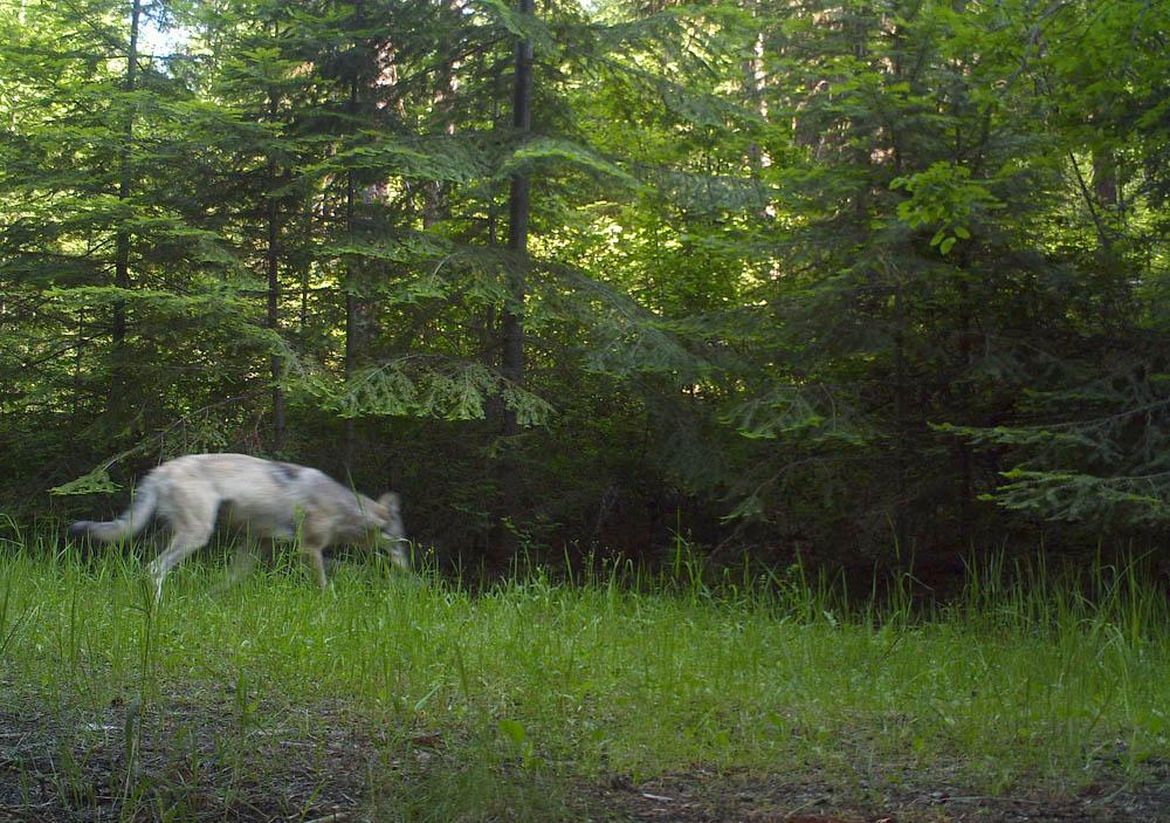
Washington’s gray wolf population increases for ninth consecutive year
Washington’s gray wolf population increased for the ninth consecutive year according to an annual statewide survey, but the increases continue to be primarily in the wolf-rich northeastern quarter of the …
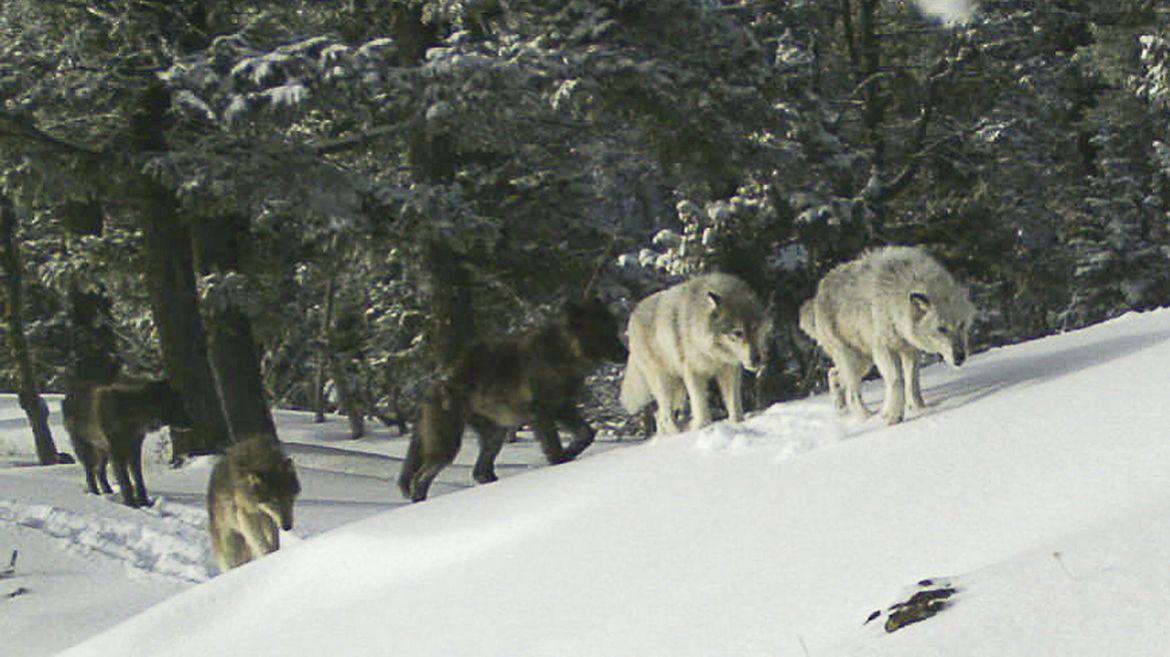
Idaho Fish and Game kills 10 wolves
Idaho Fish and Game officials killed 10 wolves in an effort to improve elk survival rates in northern Idaho.
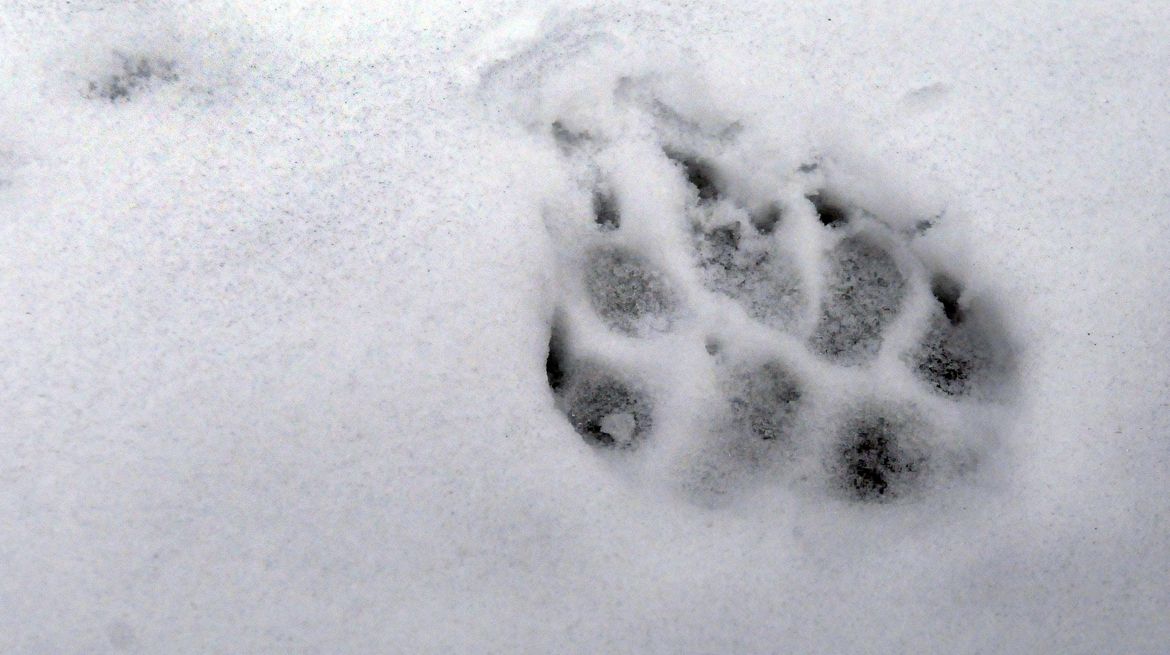
10 wolves killed in northern Idaho to boost elk numbers
Federal officials have killed 10 wolves in northern Idaho at the request of the Idaho Department of Fish and Game to boost elk numbers, and state officials say more might …
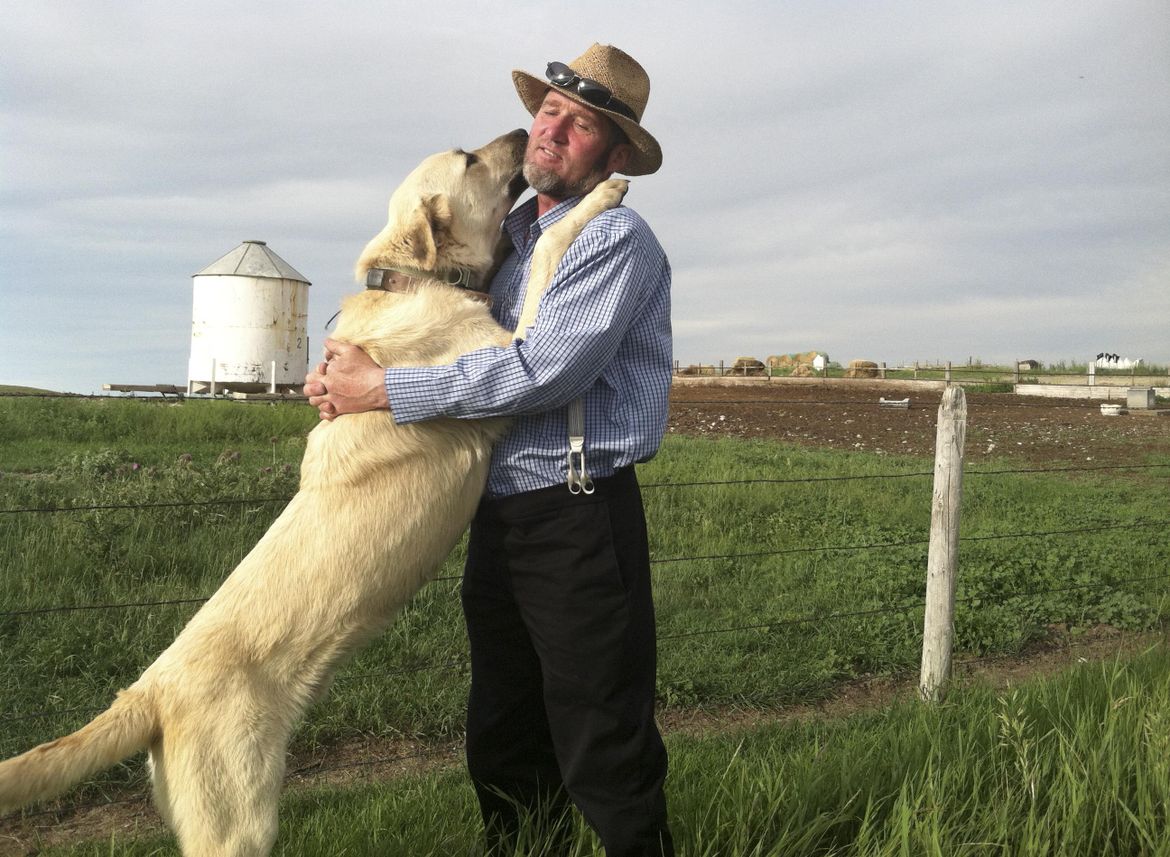
Imported guard dogs deployed as part of U.S. wolf-sheep study
Nearly 120 dogs from three large breeds perfected over centuries in Europe and Asia to be gentle around sheep and children but vicious when confronting wolves recently underwent a study …

Idaho can keep data on animals tracked illegally amid appeal
Idaho officials don’t have to destroy information right away that came from tracking collars placed on wolves and elk by a helicopter crew that landed illegally in a wilderness area …
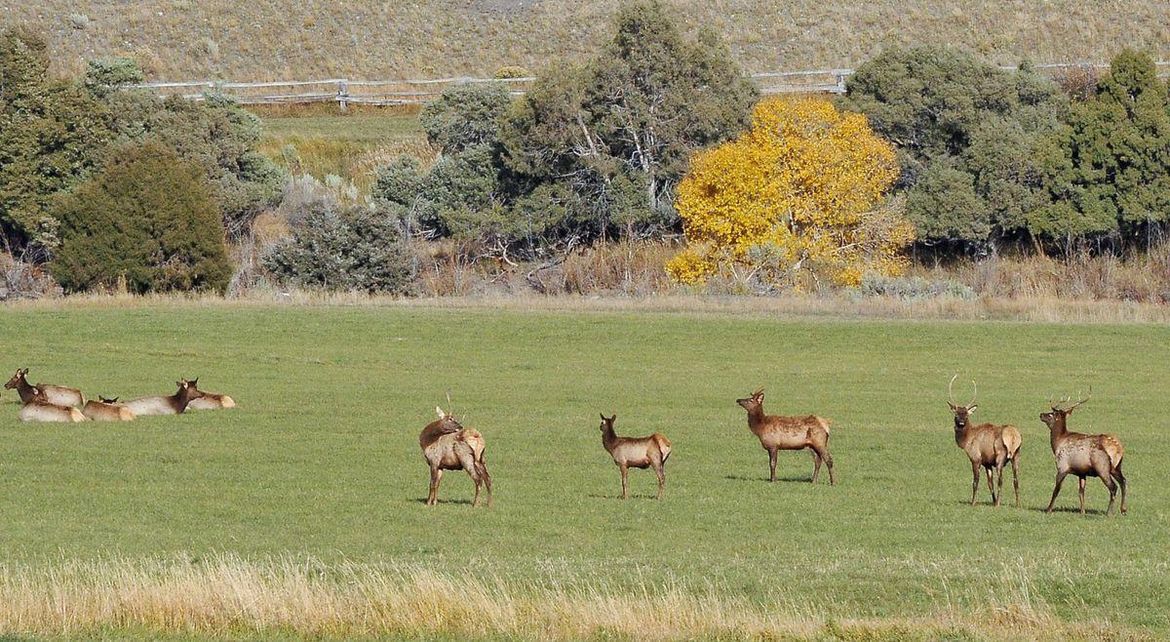
Famous Yellowstone elk herd rebounds two decades after wolf reintroduction
The Northern Yellowstone elk herd, one of the most famous and closely watched in the world, is finally growing at a healthy clip.

‘I just want out’: Large carnivore conservation lab director opens up about relationship with WSU
Robert Wielgus has been at the center of a whirlwind of conflict with his employer, Washington State University.
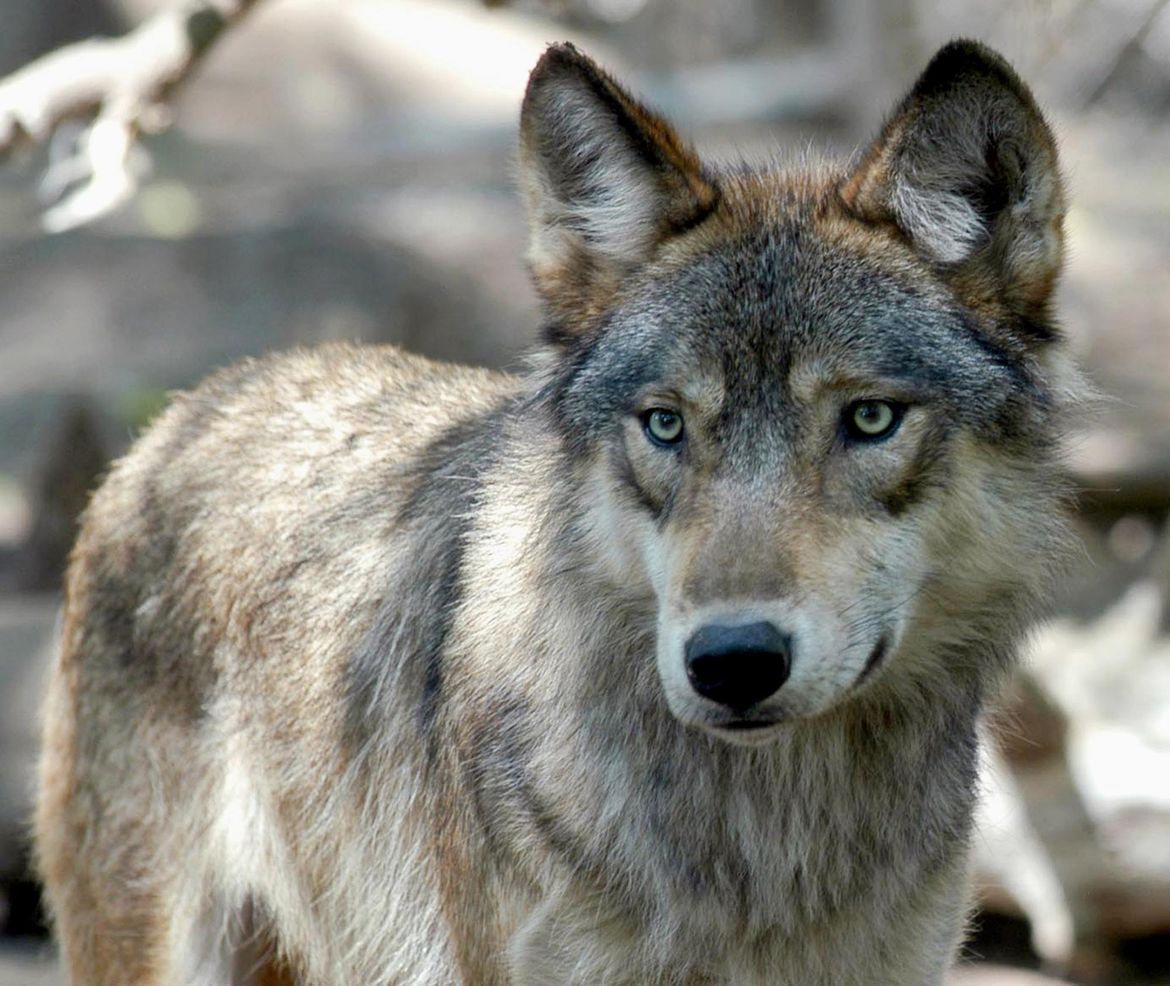
Liberty Lake man fined $8,000 for killing wolves
An eastern Washington state man who killed two wolves has been fined more than $8,000.
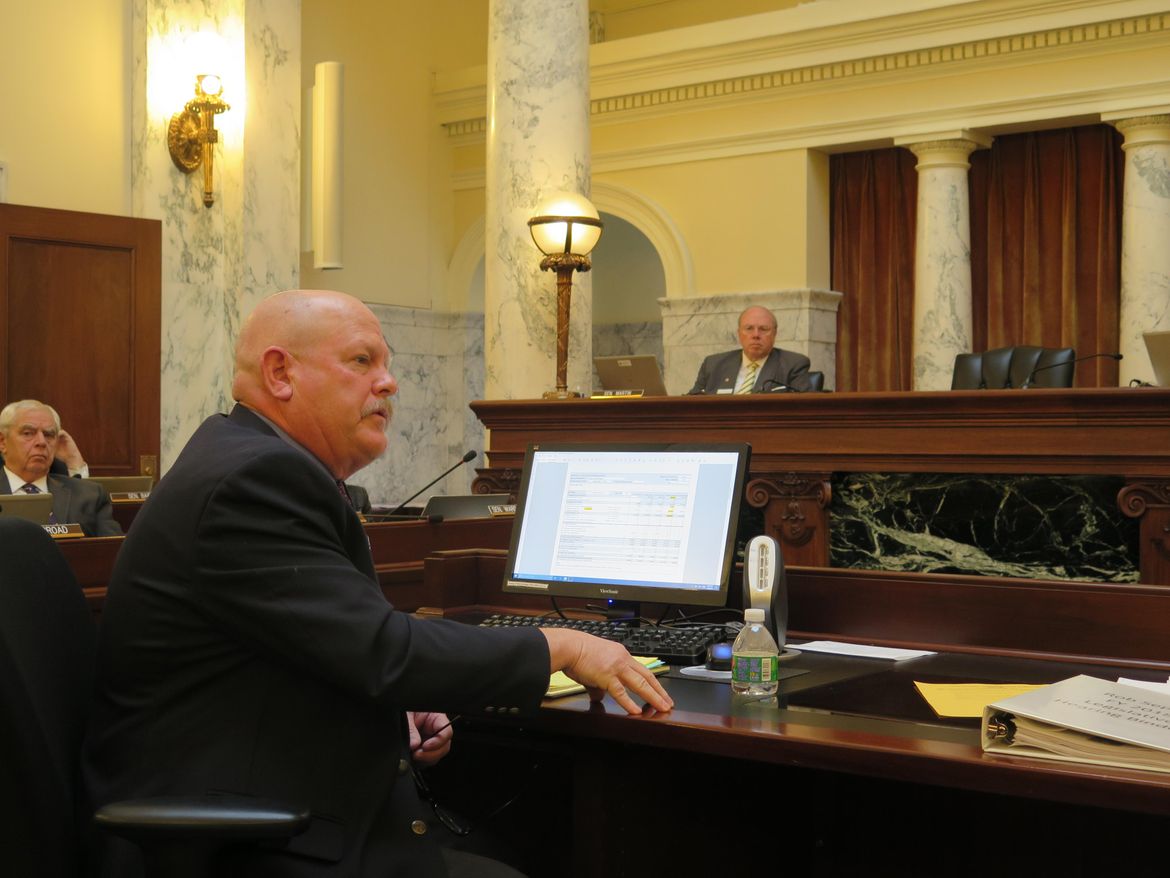
Idaho wolf control board seeks another $400K next year to kill problem wolves
A state board charged with contracting to have problem wolves killed asked state lawmakers for another $400,000 on Friday, though the board has received that amount from the state each …
Livestock owners concerned about wolves in Boise foothills
Federal officials say there have been no reports of livestock kills associated with a seven-member wolf pack that roamed in the Boise foothills last spring.